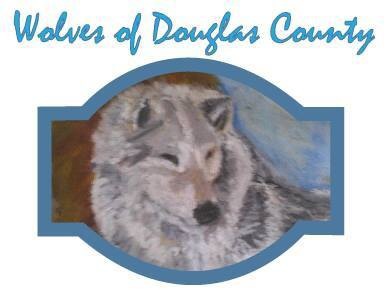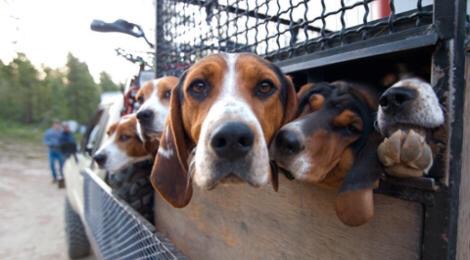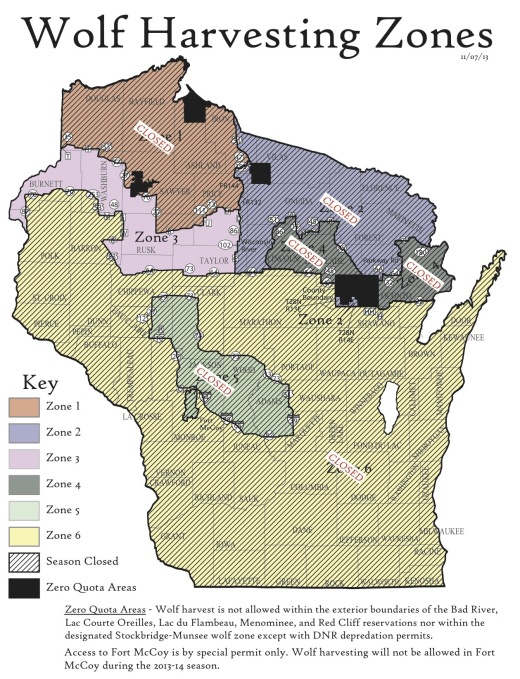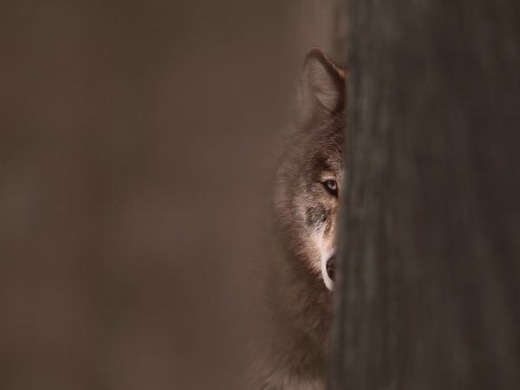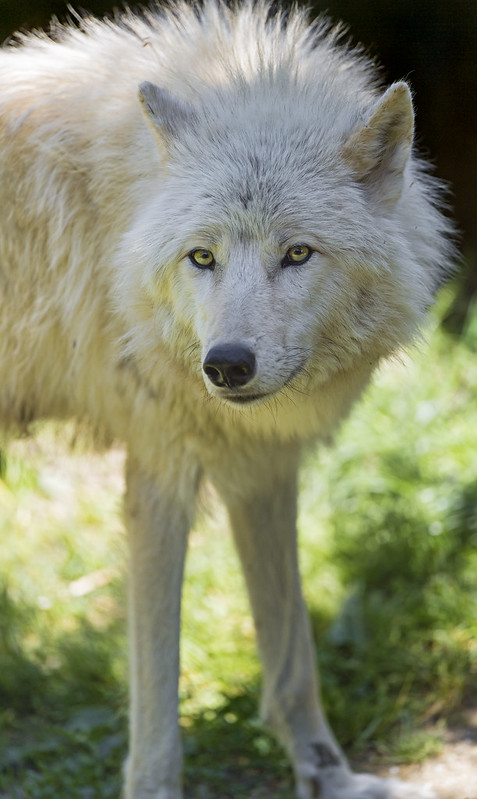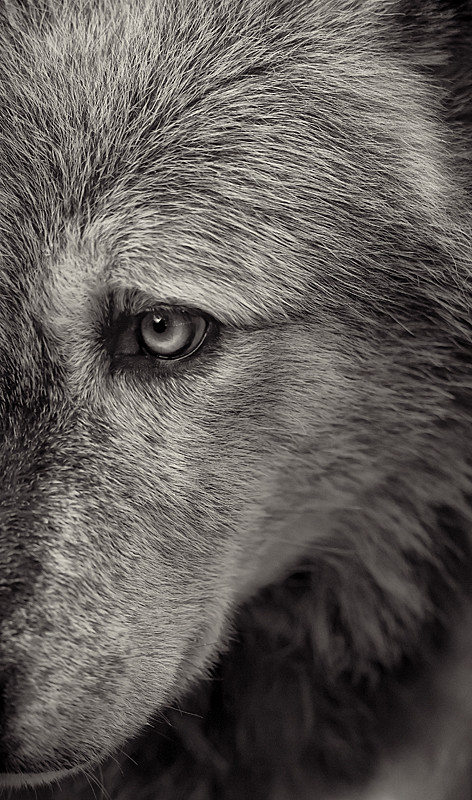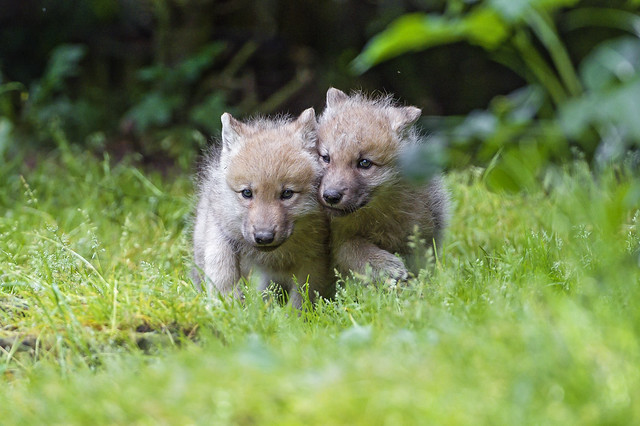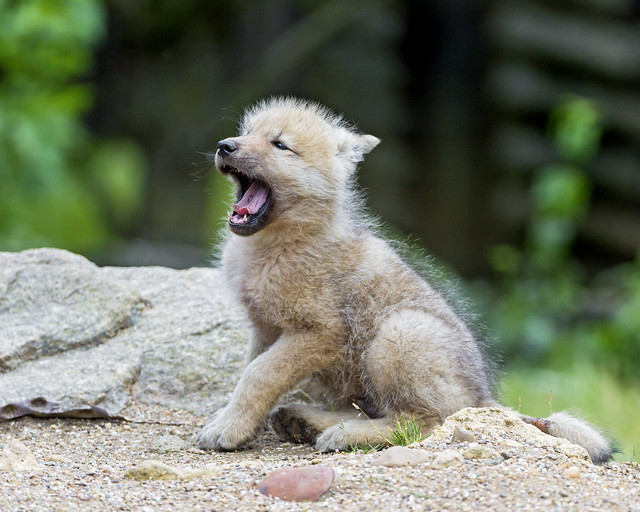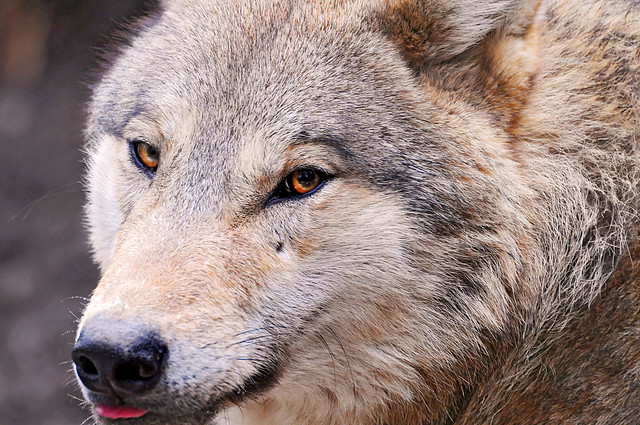
28 October 2014
Home On The Range
A day in the life of the Wood River Wolf Project, where wolves and livestock share the landscape
We asked our lead field manager working on the Wood River Wolf Project – the nation’s largest wolf and sheep coexistence project — to talk to us about his work there this summer. Here are a few words from Fernando Najera, a Ph.D. scientist and wildlife veterinarian from Spain, about his experience:Working for the Wood River Wolf Project is not only about working for wolves in Blaine County but working for sheep bands and the producers that own them as well. What makes this project unique is that the community here firmly believes in coexistence — everybody who works, has worked, or is working on the project currently, believes in the effectiveness of non-lethal methods to coexist with wolves.
Every morning since I started working for the Wood River Wolf Project I’ve woken up thinking that maybe today will be the day that I´ll see wolves in the wild. But during the time that I spend in the field sometimes I think: “Maybe there is no need for me to see them (although I´d love to). Maybe there is no need for me to hear them (although I´d love to).
But there is a real need for me to know that they are out there, sharing the mountains with us and making all these places magical and special. No two days are the same here in Blaine County. But let me give you an idea of what the average day looks like for those of us on the ground in the area with the most sheep and wolves present together in the state of Idaho.
First thing in the morning, I normally make a trip to visit herders in the area to gather all the information I need about where their sheep bands are, and if they’ve seen signs of wolves or other predators. I particularly remember one day that I went to visit Roberto, a passionate herder who works for one of the main livestock producers in Blaine County. Roberto manages many of the company’s sheep on one of Blaine County’s public grazing allotments where sheep and wolves co-exist. When I saw him from far away I knew that something good had happened during his stay at Corral Creek, because of the huge smile on his face. When I approached him, he said: “Lo vi Fernando, lo vi!!” which means “I saw it, I saw it!” You probably already know what he saw: a wolf.
A gray wolf was spotted in one of the areas where his band of sheep was grazing. He was happy to see a wolf, and to see how magnificent this species is in the wild. He was happy to see for himself that if a sheep band is under the watch of a well-trained and attentive herder and his guard dogs, it is unlikely that the sheep will be attacked by a pack of wolves – they won’t waste their energy trying to get those well-guarded sheep. Roberto, like me, has been trained by the Wood River Wolf Project in how to use non-lethal methods to deter wolves from his sheep band. The project also provided him with nonlethal tools including high beam flashlights, sound alarms, and more that he uses in the field in case he hears or sees wolves next to his sheep and lambs. He says he’s confident he won´t have problems with wolves in the future thanks to Wood River’s training and tools.
I have so much respect for the herders who care for and love their animals. Without caring herders between the sheep and the wolves the project would not be the same. On that day, Roberto’s report was a welcome one. But sometimes, some of the local sheep herders do report problems – it’s one of the risks of moving livestock through the wild areas in the Sawtooth National Forest. On the rare instances when I´m informed by a herder that a predator has taken a sheep, it’s my job to carry out an investigation to determine if predators truly were in the area when the depredation took place, and if so, what type of predator it was. I get this information from a variety of tools, including remote wildlife cameras, scats or tracks found in the area, and by asking questions of local herders, hikers, or others who might have been nearby. I can also get information from the carcass itself which can give a lot of clues about what type of predator may have been responsible.
When doing such investigation, I try to leave my love for wolves aside, and be objective. Our work is based in science, and it’s important that we don’t let anything else bias us while researching a depredation. It’s only by finding out the truth – not just what we might want to be true – that we can really offer helpful information to the stakeholders in the project.
2014 has been a great year for the project. Though wolves are often used as a scapegoat when livestock are killed, we’ve seen plenty of proof that this is rarely the case, and that nonlethal tools and methods can really work to avoid those conflicts. While we did see some depredations, most were caused by black bears and other common predators, including a domestic dog. Not only were very few sheep lost, but we were also successful in keeping wolves out of trouble in the project area – not a single wolf was killed this year because of livestock depredations and that makes seven years in a row that no wolf has been killed in this region as a result of conflicts with livestock.
I want to believe that with the proper information, people will quit blaming wolves for most livestock losses and stop demonizing them in the media and among agriculture groups. And I hope that those people will see that lethal control is more expensive, less effective at protecting livestock, and works against nature instead of with it as we do with nonlethal deterrents.
That day will come soon and I´m happy to know that Ive been working to create this change.
Wolves make the landscape where they live unique, and Idahoans are very lucky to share their land with this remarkable and ecologically valuable species.
Fernando Nájera
The Wood River Wolf Project was initiated in 2008 to demonstrate the use of nonlethal deterrents to prevent livestock and predator losses in our project area. Defenders of Wildlife has played a key role in establishing, funding, and managing this groundbreaking project. This month, Wood River closed its 7th season. Since the inception of the project, fewer than 30 sheep have been lost, and no wolves have ever been killed in the project area due to conflicts with livestock.
source


